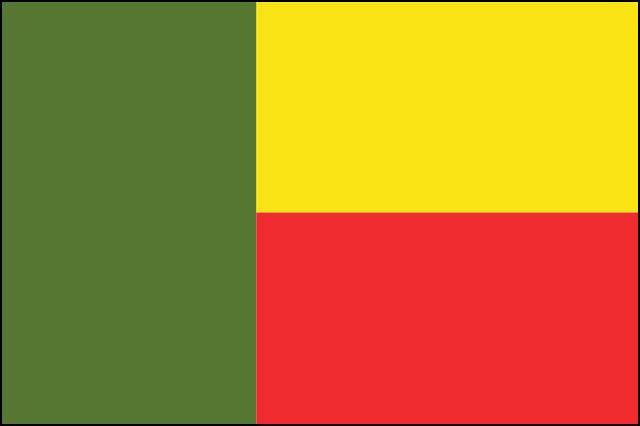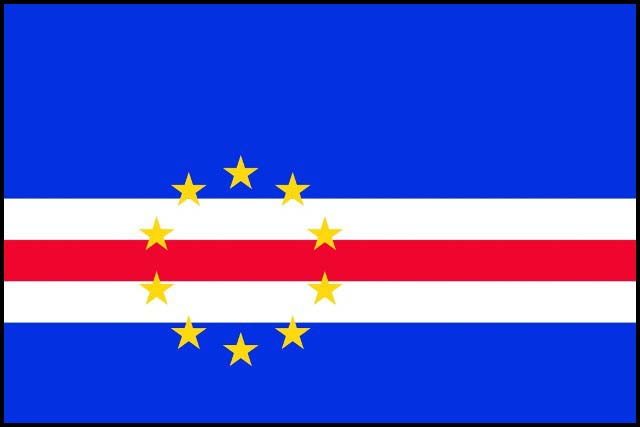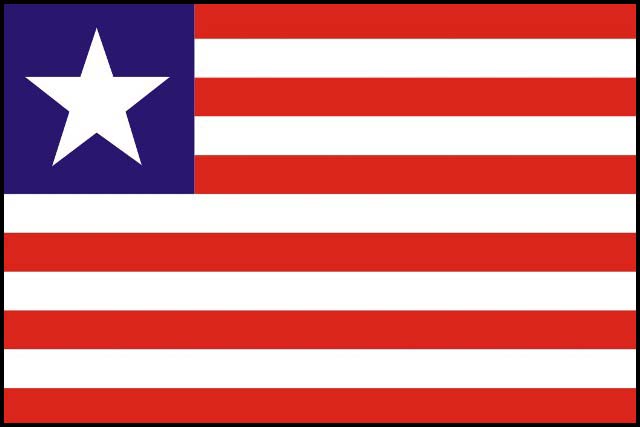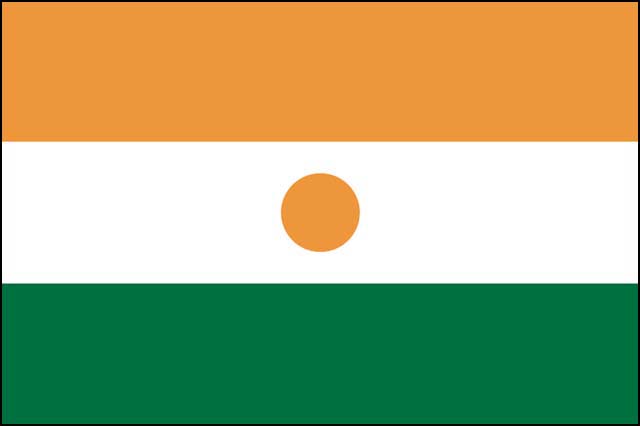Burkina Faso
Overview of the country
Burkina Faso is a Sahelian country, located in the heart of West Africa with an area of 270,764 km² (INSD, Statistical Yearbook 2015). The country is bordered to the south-west by the Côte d’Ivoire, to the south by Ghana and Togo and to the south-east by Benin, to the north-east by Niger and to the north-west by Mali.
Administratively, the territory is subdivided into thirteen (13) regions, forty-five (45) provinces and three hundred and fifty one (351) municipalities, including three hundred and two (302) rural municipalities.
Demographically, the country has an estimated population of 18,450,494 inhabitants with a demographic growth of 3.1% per year (INSD, Statistical Yearbook 2015). This population, made up of 52% women, is characterized by its youth and rurality. Young people under the age of 15 who represent 47.6% and 77% of the population live in rural areas.
Political, economic and social context of the country
- Political context
On the political level, Burkina Faso is in its fourth republic with the organization of combined presidential and legislative elections in November 2015. Burkina Faso is a democratic country characterized by a presidential regime.
The Country is a member of the United Nations; of the African Union, ECOWAS and WAEMU. It is also a member of sub-regional institutions such as CILSS, G5-Sahel and Liptako Gourma.
- Economic context
Burkina Faso has experienced an erratic economic growth since 1960. This fluctuation of the economic activity, in conjunction with high demographic growth (3.1% per year), has not made it possible to record any real progress in terms of economic development. The GDP is estimated at FCFA 5,577,117,600,000 in 2019. The average GDP for the last five years (2015-2019) is FCFA 4,955,440,784,074.32. The average growth rate of GDP per capita over the period 2015-2019 is 3%.
- Social context
Burkina Faso's Human Development Index (HDI) for 2018 stands at 0.434, which places the country in the "low human development" category and 182nd out of 189 countries and territories. Between 2000 and 2018, Burkina Faso's HDI increased from 0.286 to 0.434, an increase of 51.6%. Between 1990 and 2018, life expectancy at birth in Burkina Faso increased by 11.7 years, the average length of schooling increased by 0.3 years, and the expected duration of schooling increased by 6.4 years. . Burkina Faso's Gross National Income per capita increased by around 101.8% between 1990 and 2018 (UNDP, 2019). The national poverty incidence is 40.1% (INSD, 2015).
The prevalence of acute malnutrition, chronic malnutrition and underweight are respectively 25%, 17.8% and 8.25% in 2018. The prevalence of undernourishment is 21.3% in 2017 (FAO, 2019).
Agro-sylvo-pastoral and fishery sector
The agricultural sector employs around 86% of the working population. It is characterized by its low productivity and strong dependence on climatic hazards. The current average yield of the main cereal crops is less than 1200 kg / hectare and cereal production is less than 5,000,000 tonnes / year. The needs coverage rate is very unstable and rarely exceeds 100%.
In the specific field of breeding, the livestock population is estimated at 29,900,000 heads and the one of poultry is 47,500,000 heads in 2018. The average carcass weights are 113 kg, 9 kg, 8 kg and 24 kg respectively for cattle, sheep, goats and pigs. Milk production was 414,289 liters in 2018. Fish production was 28,000 tonnes in 2018 for a consumption requirement of over 200,000 tonnes.
The agricultural sector contributes at an average of 24.4% to the gross domestic product over the period 2015-2019. Crop-based agriculture accounts for the largest share of agricultural added value with an average contribution of 46% over the period 2015-2018. It is followed by breeding and forestry, which contributes at 31% and 22%. The fishery sub-sector provides only less than 0.5% of the added value of the agricultural sector.
Additional information
The national economy is increasingly dominated by the extractive sector with gold which has become Burkina Faso's leading export product since 2009. Its contribution to gross domestic product is also steadily increasing. It rose from 0.3% in 2007 to more than 10% in 2018. Its average contribution to the added value of the secondary sector has reached 20% over the period 2015-2019.














